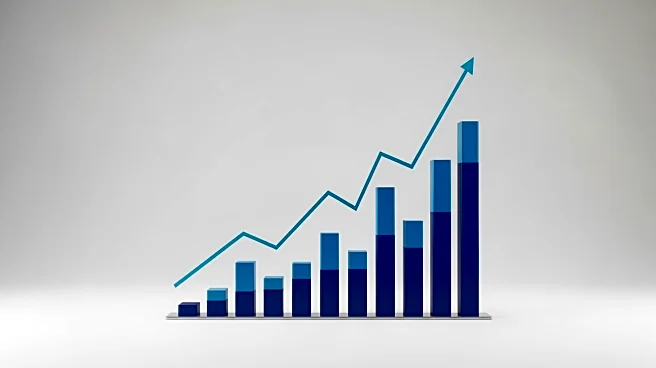What's Happening?
Anheuser-Busch InBev (AB InBev) is emphasizing its 'megabrands' strategy as a key component of its marketing approach. CEO Michel Doukeris highlighted the term 'megabrands' multiple times during the company's
Q3 earnings update and investor call. Global Chief Marketing Officer Marcel Marcondes has shifted the company's marketing model to allocate a significant portion of spending towards its master brands. This strategy is gaining traction, with brands like Budweiser, Corona, Stella Artois, and Michelob Ultra contributing significantly to the company's revenue. These brands represent 57% of AB InBev's revenue and are among the top 10 most valuable beer brands globally.
Why It's Important?
The focus on megabrands is crucial for AB InBev as it seeks to consolidate its market position and drive revenue growth. By investing heavily in its most recognized brands, the company aims to leverage their global appeal and consumer loyalty. This strategy could lead to increased market share and profitability, benefiting stakeholders and investors. The success of this approach may influence other companies in the beverage industry to adopt similar strategies, potentially reshaping marketing practices across the sector.
What's Next?
AB InBev is likely to continue expanding its megabrands strategy, potentially introducing new marketing campaigns and initiatives to further enhance brand visibility and consumer engagement. The company may also explore partnerships and collaborations to strengthen its brand portfolio. Stakeholders will be watching closely to see how this strategy impacts the company's financial performance in upcoming quarters.
Beyond the Headlines
The emphasis on megabrands raises questions about the balance between global and local brand strategies. While global brands offer widespread recognition, local brands can cater to specific regional tastes and preferences. AB InBev's approach may prompt discussions on the optimal mix of global and local branding in the beverage industry.











